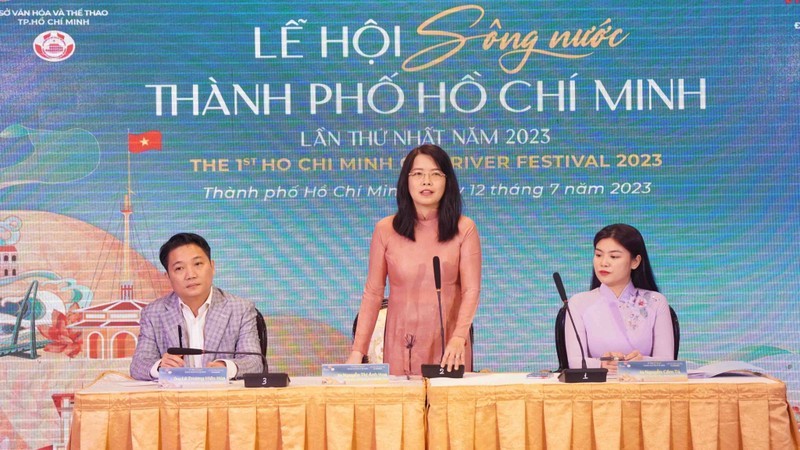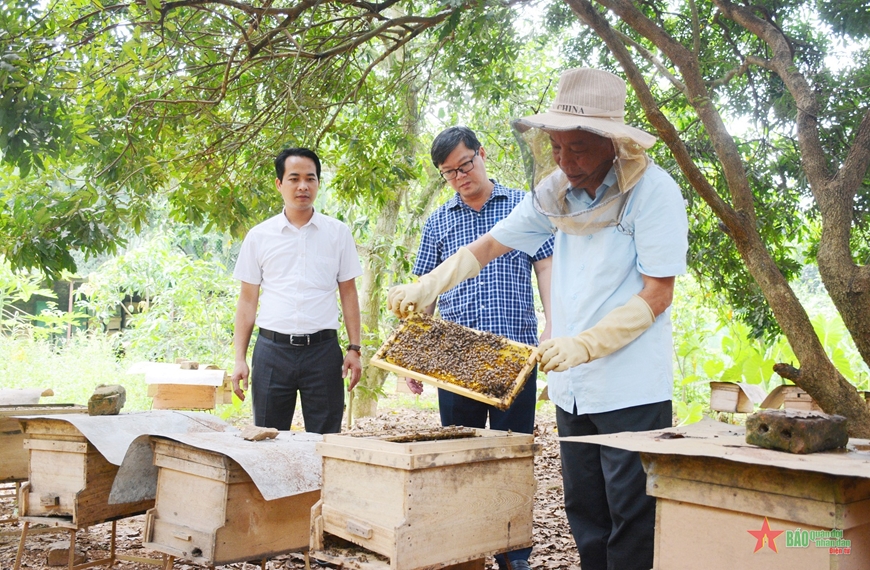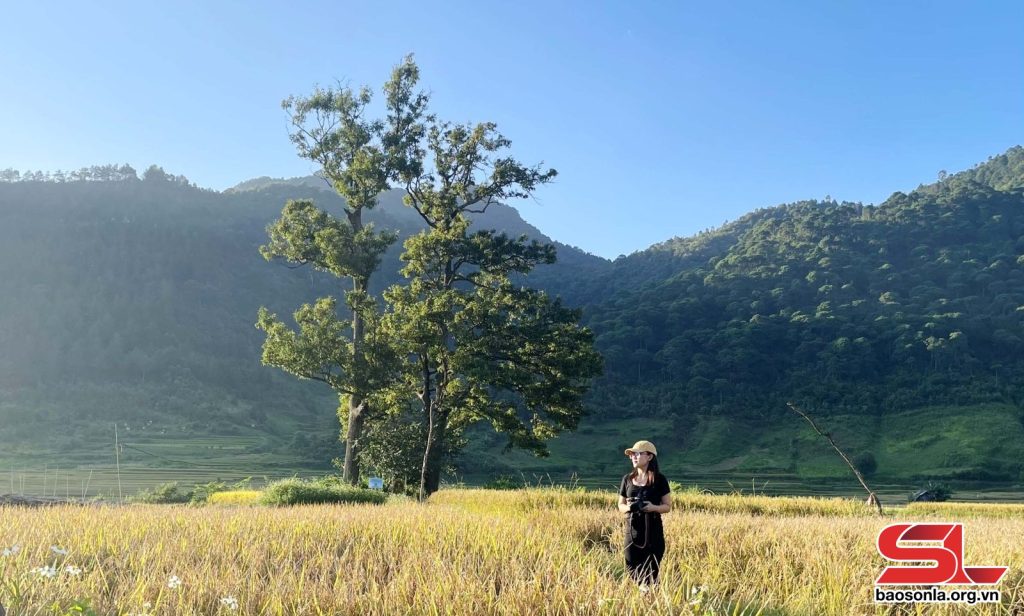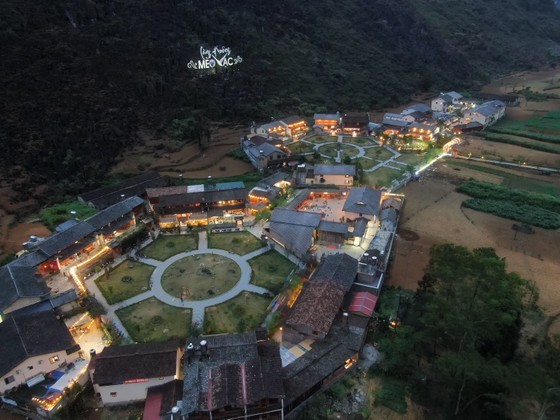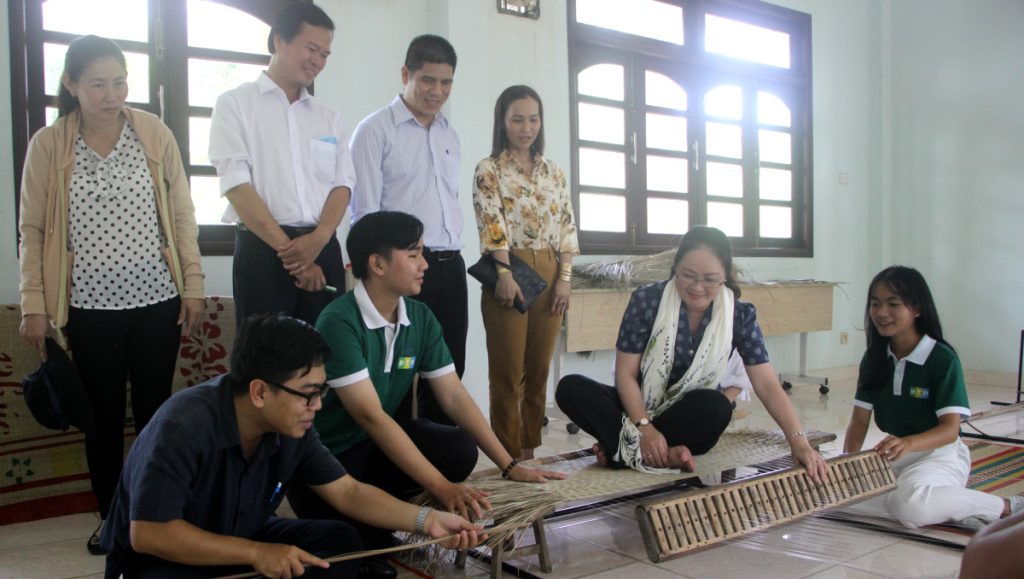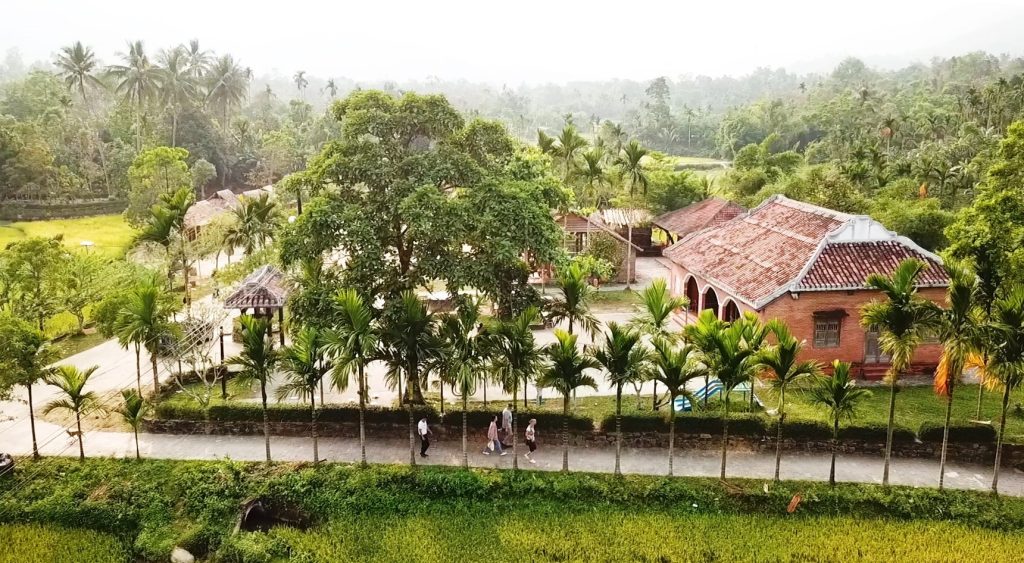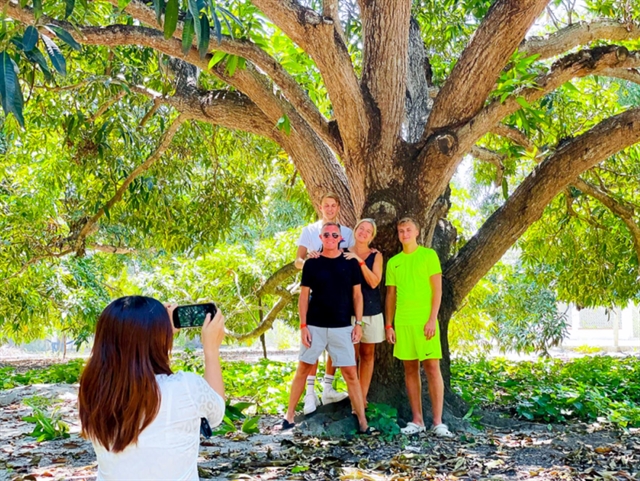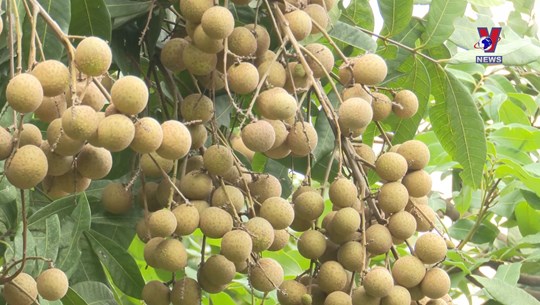(TITC) – Duong Lam Ancient Village (Son Tay Town, Hanoi) is one of the few places in Vietnam that still preserves the intact cultural space of a traditional rural village. With its distinctive architectural, historical, and cultural values, Duong Lam has become an attractive destination for cultural-historical tourism closely tied to the characteristic rural setting of northern Vietnam.
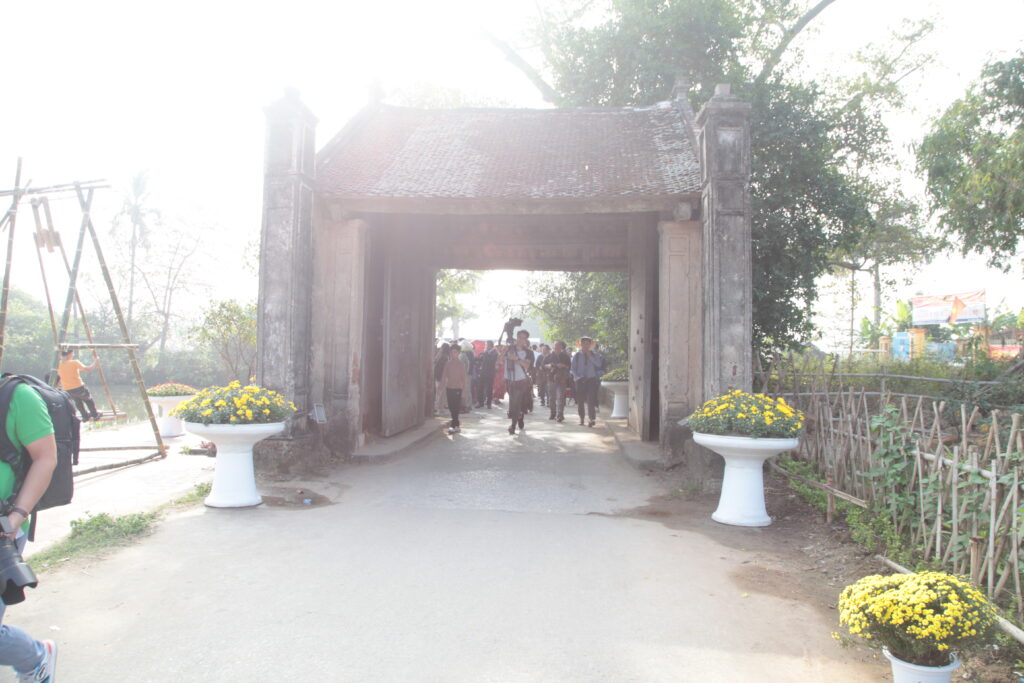
Photo: TITC
Today, Duong Lam Ancient Village is home to nearly 1,000 traditional houses typical of the Red River Delta region. Many of these houses are hundreds of years old and retain their original architectural features. Laterite – a hallmark construction material of the Son Tay region, is widely used here. The village’s three-room and five-room houses, moss-covered tiled roofs, brick courtyards, wells, and laterite walls all contribute to an atmosphere deeply rooted in tradition, vividly reflecting the daily life and culture of rural northern Vietnam in times past.
The village’s layout, comprising communal houses, pagodas, village gates, temples, wells, pathways, and residential buildings follows a harmonious, traditional spatial arrangement that enhances the unique value of the Duong Lam ancient village complex. In 2006, Duong Lam became the first ancient village in Vietnam to be recognized as a National Cultural and Historical Relic. In 2019, it was officially designated as a City-Level Tourist Site.
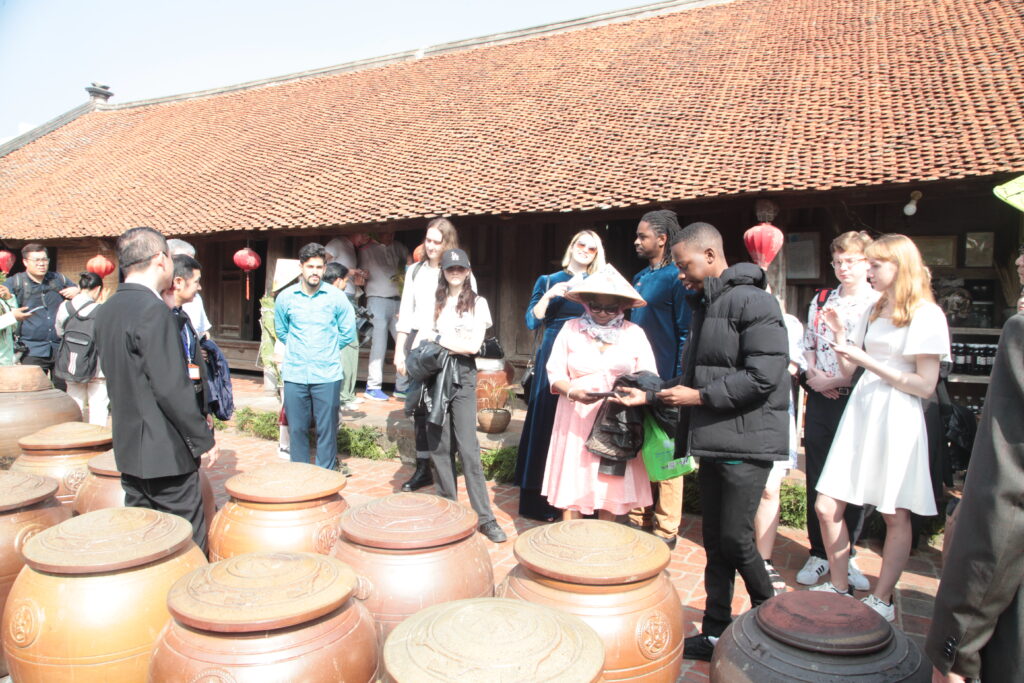
Photo: TITC
In recent years, Duong Lam has become an increasingly popular destination for both domestic and international tourists, especially those interested in traditional culture. The village offers deep insights into the cultural space of ancient rural Vietnam and serves as a model for community-based and rural tourism associated with heritage conservation. This contributes to improving local livelihoods and preserving cultural identity.
Many local households have actively participated in tourism activities by offering services such as homestays in ancient houses, home-cooked traditional meals, hands-on experiences in making fermented soy sauce, rice wine, and traditional cakes. These activities help develop distinctive tourism products that reflect the local spirit and heritage. Meanwhile, local authorities and relevant agencies have implemented measures for monument restoration, infrastructure upgrades, and enhanced communication and promotion efforts to spread awareness of Duong Lam’s heritage to the public and visitors alike.
Tourism development in Duong Lam is being pursued with a focus on balancing cultural heritage preservation and effective tourism utilization. This not only helps boost the local economy and social development but also exemplifies the role of tourism in building rural areas while safeguarding cultural identity and presents an excellent opportunity to promote the image of Vietnam and its people to the world.
Duong Lam is not just a relic of the past – it is a dynamic example of how heritage can be preserved through meaningful integration into modern life. The development of tourism in Duong Lam is being implemented in a sustainable way, balancing conservation with economic development. This effort demonstrates how tourism can play a vital role in revitalizing rural areas while maintaining cultural traditions. It also offers a valuable opportunity to promote the beauty of Vietnam’s landscape and people to a global audience.
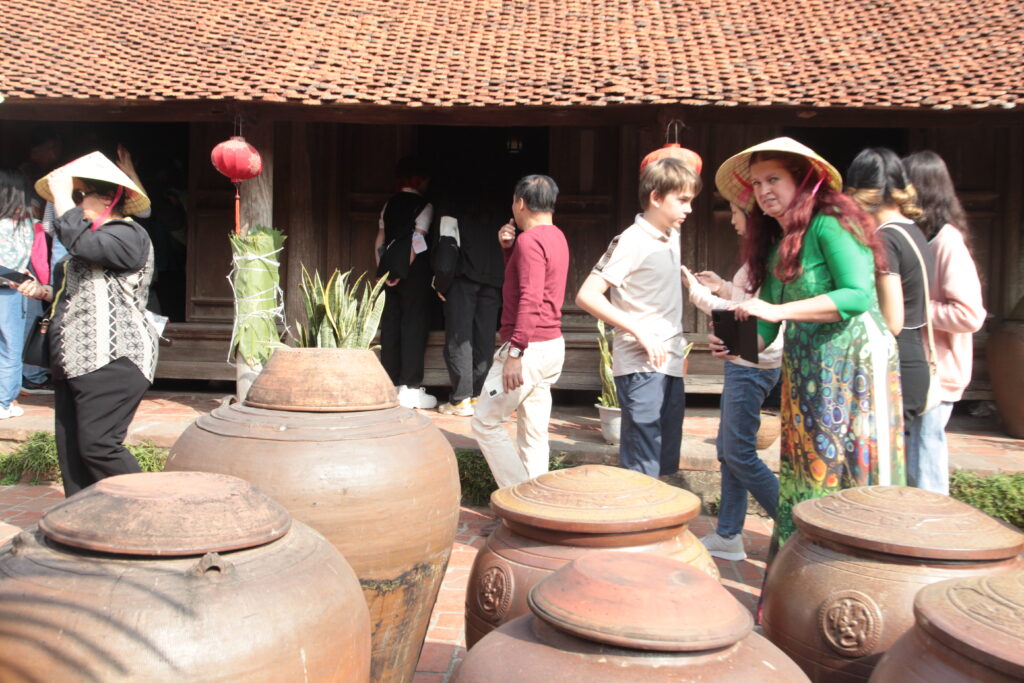
Photo: TITC
Tourism Information Technology Center

